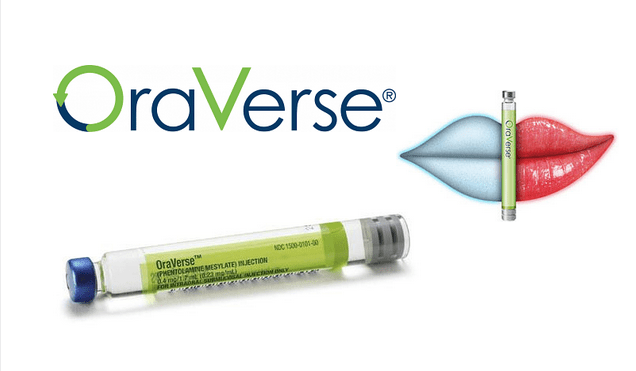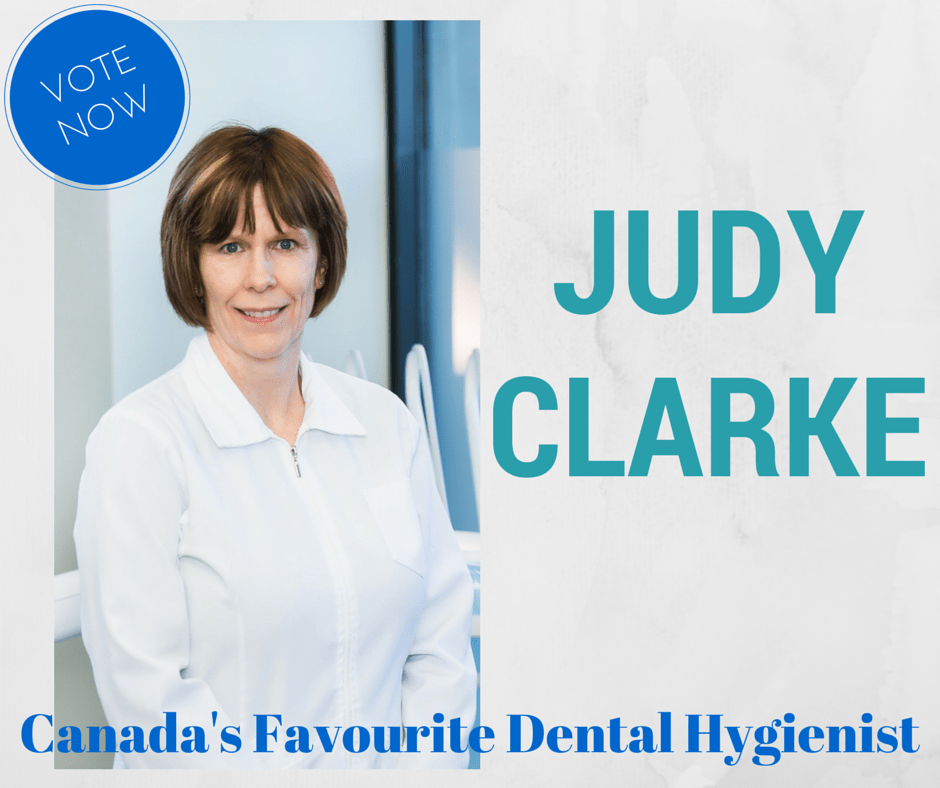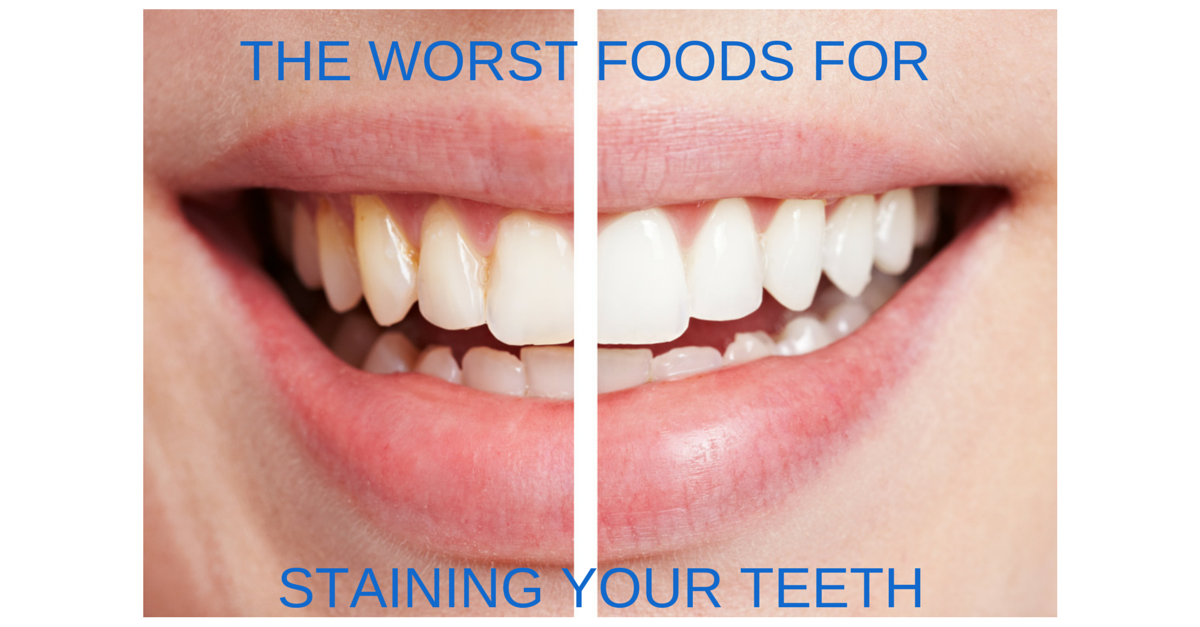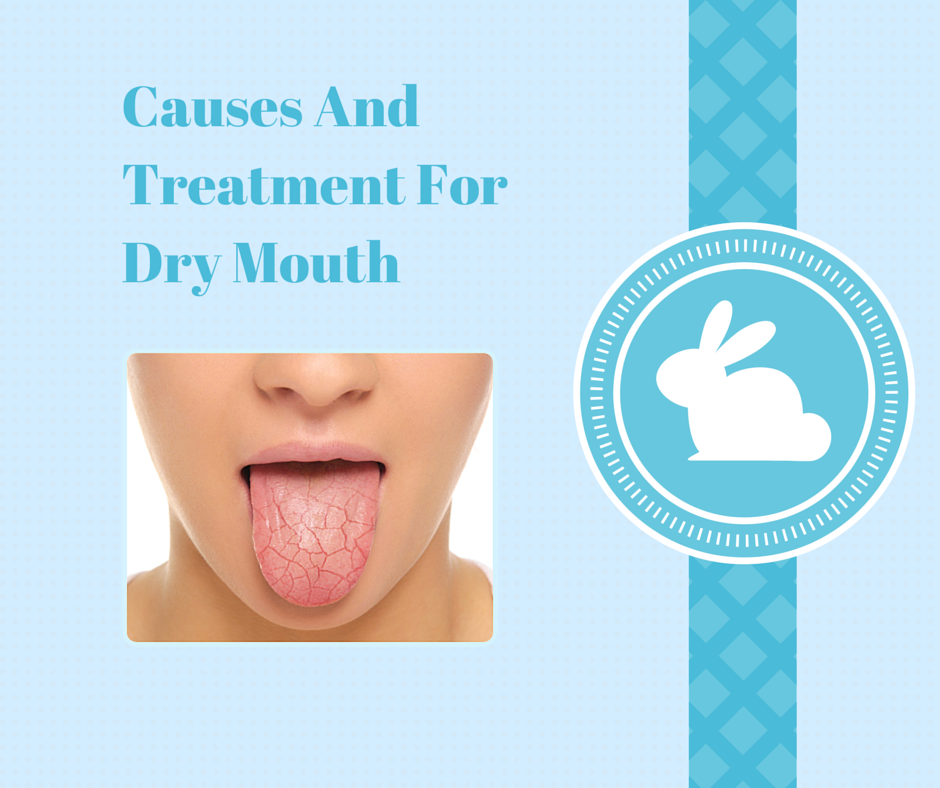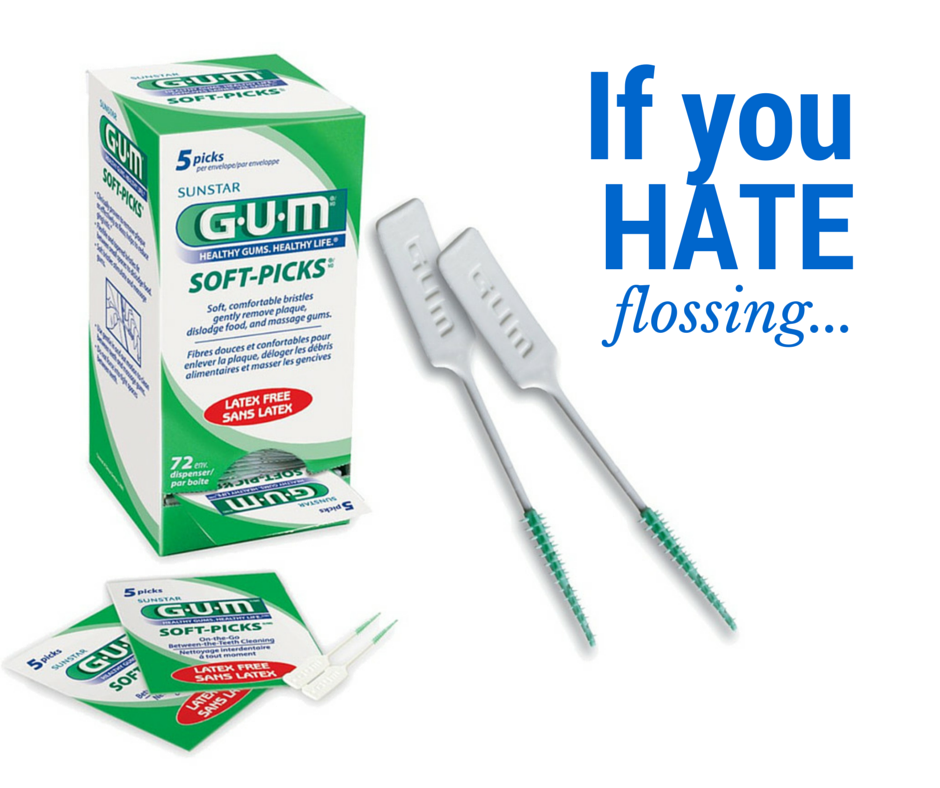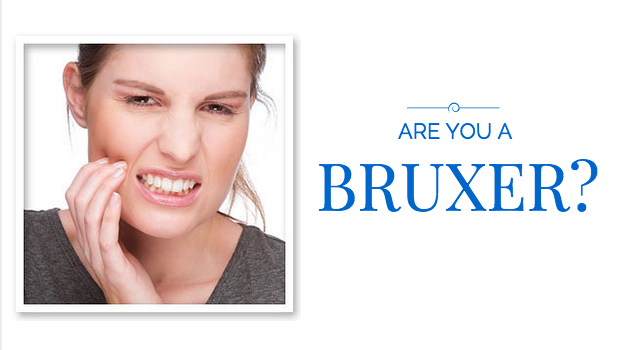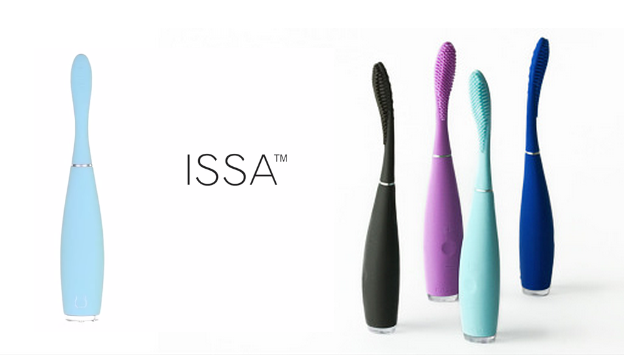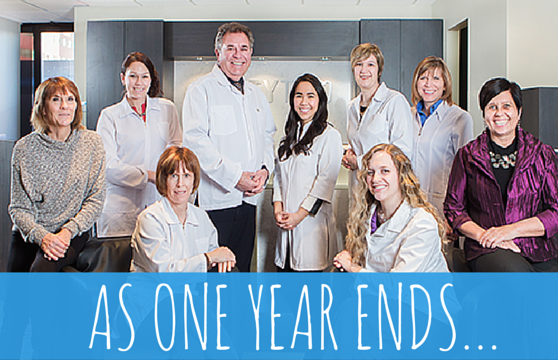When new dental products come onto the market, dentists are usually the only ones who get really excited about them. However, this new product might get our patients more excited than us!
Show of hands: Who enjoys the feeling of being frozen? Let’s be honest, being frozen is the worst. You can’t eat. You can’t speak without slurring. You drool. It’s embarrassing, and there’s always the potential of biting your lip or tongue, causing injury. Or what about the important work presentation you have at 1:00 p.m., and you’re just hoping your freezing has come out by then. Most people can’t wait for their dental freezing to come out. So what if I told you we could shorten the time by half! OraVerse® claims to do just that.
OraVerse® is an anaesthesia reversal drug that has actually been used in the U.S. for a number of years, and is now slowly making its way up to Canada. It is administered the same way anaesthetic is. Once your dental procedure is complete, your dentist injects the reversal agent into the same area where the anaesthetic was placed (the good news is that you shouldn’t feel this injection, since you should still be frozen in that area). Clinical trials have shown that patients who received OraVerse® regained normal sensation and function twice as fast (or even faster) as those without it. There are very few possible side effects – the most common negative side effect was having a bit more soreness around the injection site due to the additional injection. Patients should know that no dental plan will cover this procedure, so there is a small fee that patients would have to pay for themselves, but there’s no question that some things are just worth it!
So my question is “Does this sound like something you’d be interested in?”


